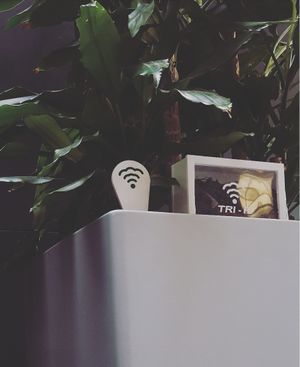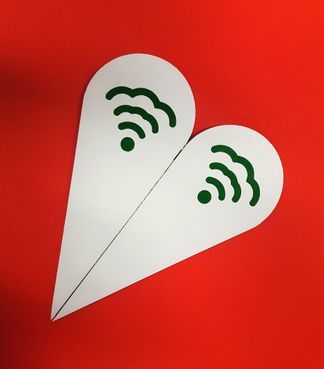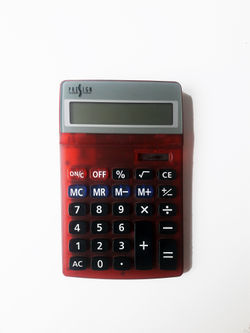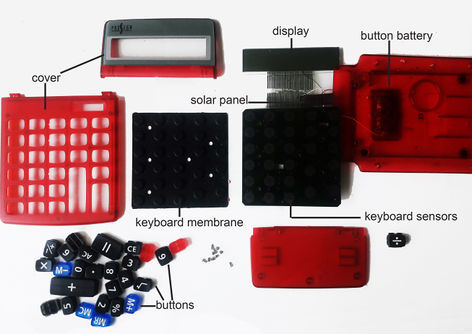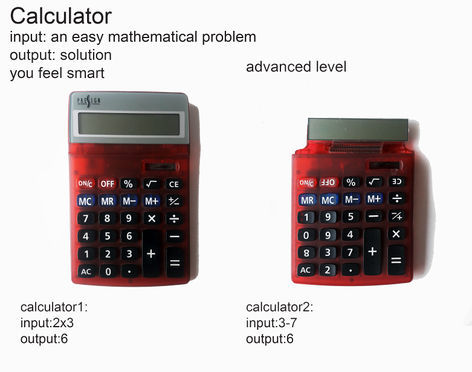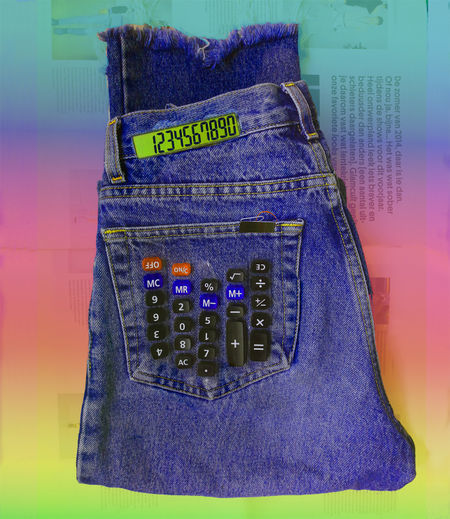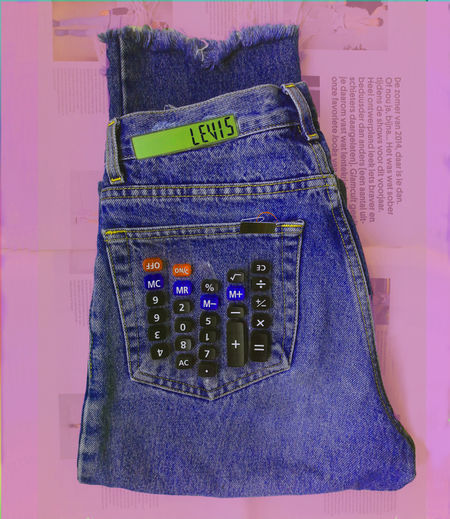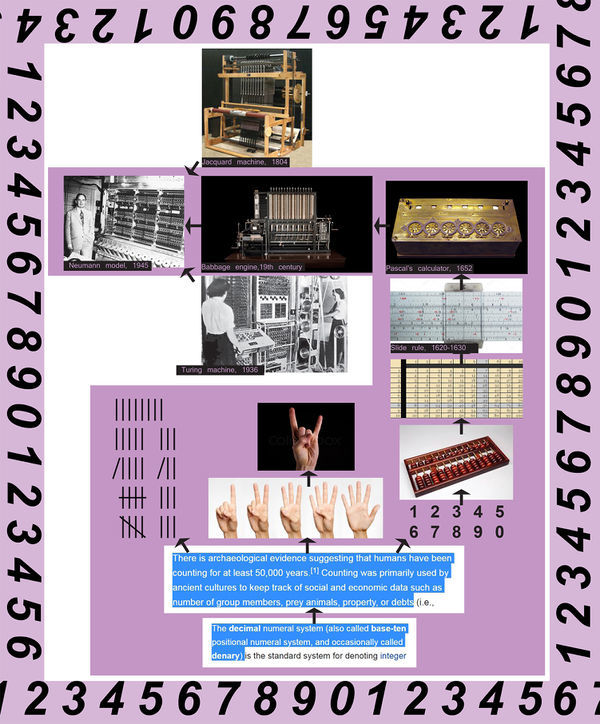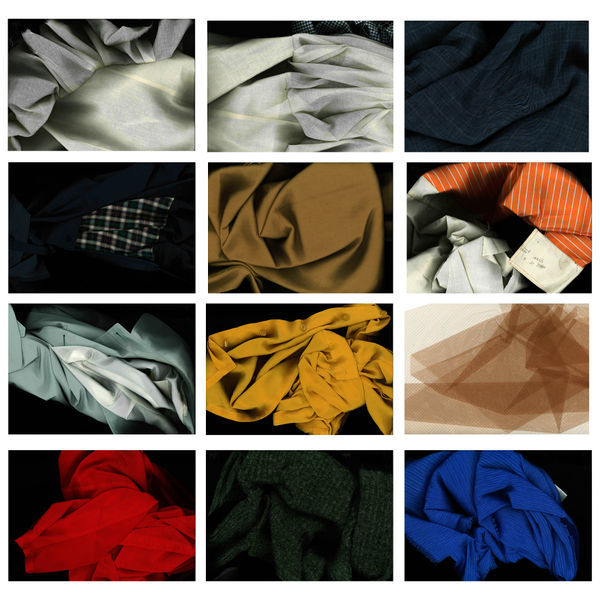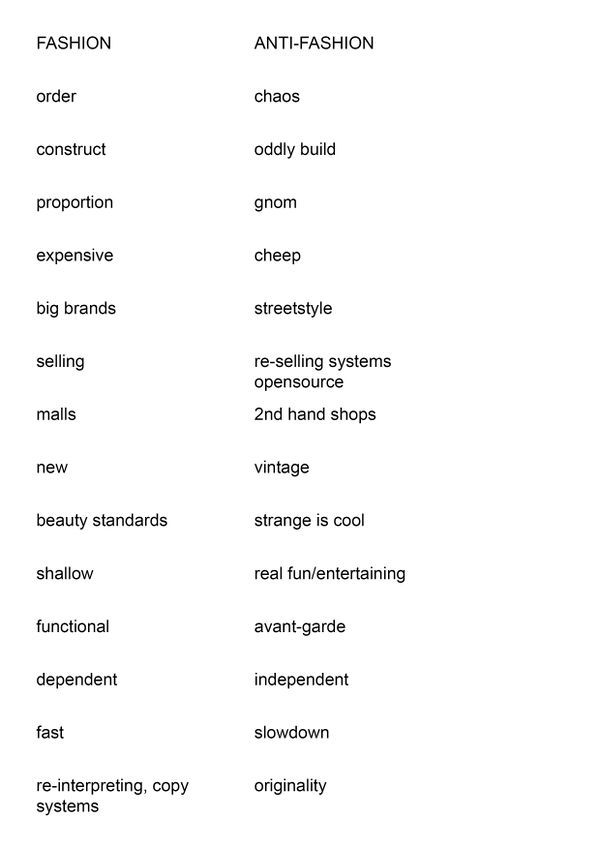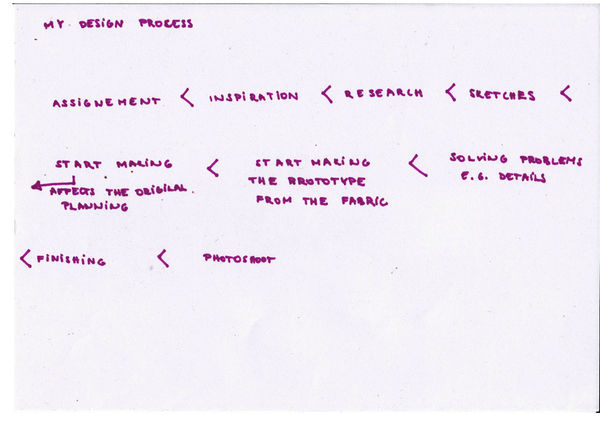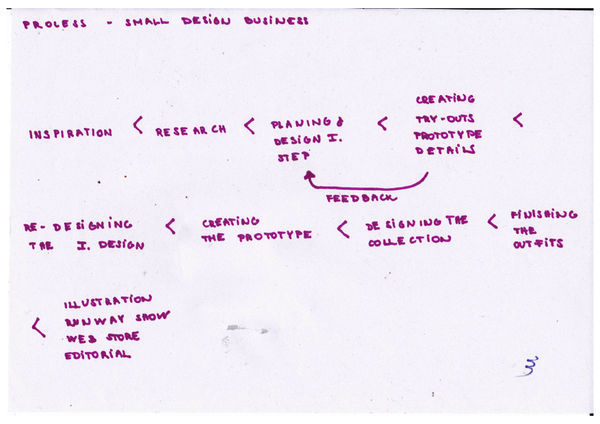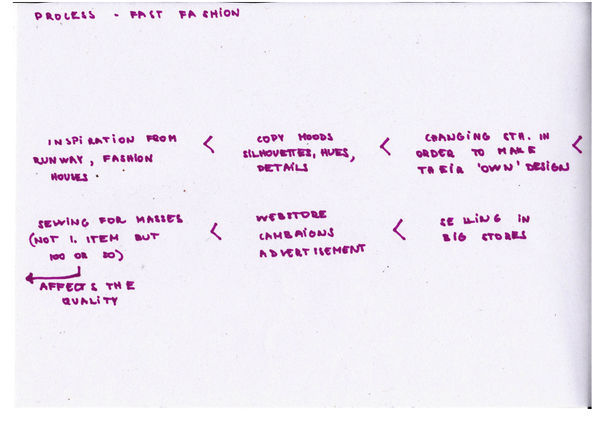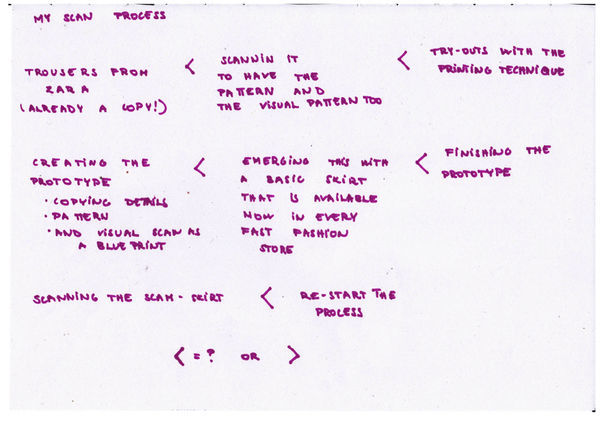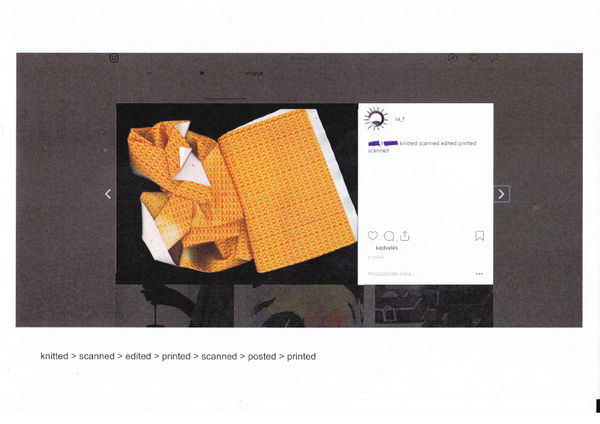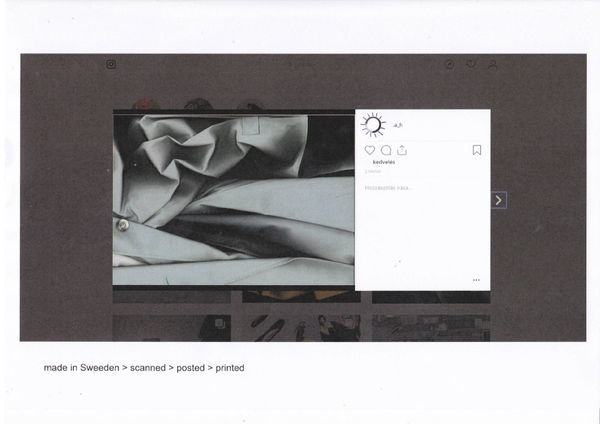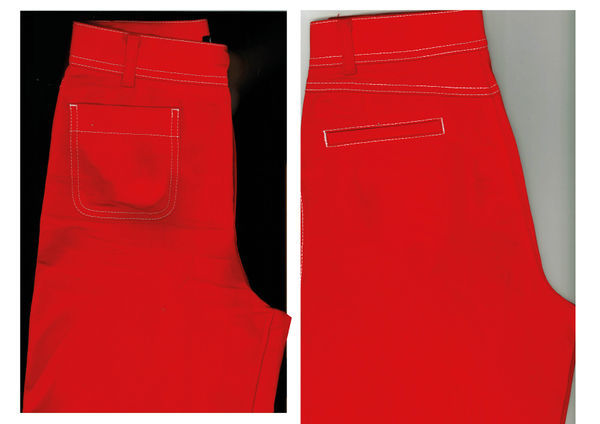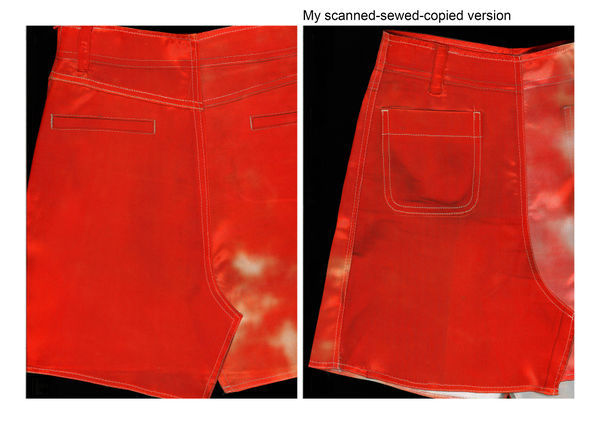Difference between revisions of "User:Rekanna"
| Line 217: | Line 217: | ||
| − | I also feel connected to ''[https://medium.com/@monsieurgustave/from-dada-to-punk-f2be16d5bc87/ dada]'', I found | + | I also feel connected to ''[https://medium.com/@monsieurgustave/from-dada-to-punk-f2be16d5bc87/ dada]'', I found a''[http://modernistcommons.ca/islandora/object/yale%3A352/ poem]'' of Tzara really intriguing. (I was shocked when I read it first, Tzara had depicted my making process as well!!!) |
''Take a newspaper.<br> | ''Take a newspaper.<br> | ||
| Line 229: | Line 229: | ||
''The poem will resemble you.<br> | ''The poem will resemble you.<br> | ||
''And there you are—an infinitely original author of charming sensibility, even though unappreciated by the vulgar herd.<br> | ''And there you are—an infinitely original author of charming sensibility, even though unappreciated by the vulgar herd.<br> | ||
| + | |||
| + | Dada set out to tear apart every rule, change the norms in order to hack the public taste, make anarchy and play, play, play. Why having religious beliefs in the value of painting or sculpting when the whole world was in fire? Why was it absurd to put a ’Fountain’ in the museum in that era (as if the I.WW would have been OK)? I feel that this art movement depicted the absurdity and the contradiction of the 20th century and changed the way of thinking about art/performances/conceptual art! What I admire in the dada is changing the ’inputs’ and ’outputs’. In a way they created a new ideology towards ’art’ and freed the meaning of materials! This opened the arsenal of opportunities… | ||
Revision as of 12:35, 6 January 2019
Contents
Contact
Réka Anna Huszár
0975638
huszar.reka.anna@gmail.com
Fashion Design
Project 1 - Critical Making Excercise
Dating App for Trees
How to build a Dating App for trees?
Nowadays people meet online – it has never been easier to show your interest then swiping right. But how could a tree make decisions? Do trees make decisions? What if trees would talk?
After a short research, we discovered that trees are actually able to talk. They use the networks of fungi that grow in the ground and inside their roots. Through this system, trees can share resources with each other furthermore plants use fungi to send messages to one another!
Inspiration [1] from BBC
If this is true, what happens with the flowers and plants in pots? – asked ourselves. Struggling with total loneliness? As a solution, we decided to create a system that would allow indoor plants to communicate and fulfil their social need. Using the concept of wi-fi – we designed the network called the TRI-FI.
with Martha, Maria, Daan and Balázs
Project 2 - Cybernetic Prosthetics
Project 3 - Black Box
Designed to make you feel smart and self-confident. What is the secret essence of brightness?
According to Geroge Miller, the human brain is able to remember 5 or even 9 digits, but not exactly designed for difficult calculation. For this reason, we help ourselves by using our fingers, pen&paper or a calculator!
An ordinary calculator has:
- - a cover
- - buttons
- - a battery
- - a keyboard membrane
- - a display – liquid crystal display
- - keyboard sensors – with touch-sensitive circuit
- - a microchip
- - a solar panel
- *some magic buttons designed for clever people
Here is a little video about calculators! I really liked the style of this video.
When I push a button, the keyboard sensor detects it and sends this information to the processor. The microchip identifies which key has been pressed and activates the appropriate segments on the display. The calculator has a small memory as well in order to operate with more numbers. After I have used one of the operation keys (such as +, −, ×, ÷), the calculator store the numbers in registers.
Miscalculator
I find interesting that we are using calculators in order to solve problems and facilitate our lives. What if the calculator would only create a problem?
For this reason, I played a bit with the buttons. I mixed up all the elements to create a conflict and also to think about numbers. We are addicted to numbers; numbers of likes, numbers of partners, numbers on the bank account, telephone numbers, etc. And still! This is the ultimate language – roughly everybody speaks it! What if something would go wrong? Suddenly the less would be more? The 0 would be cool, or the 3 would be even?
And also, this experiment reminds me of my mistakes, when I knew the method and solution but somewhere I miscalculated something and therefore the number was incorrect. My process didn’t fail but so did my numbers! Can numbers lie?
Pocket Calculator
definition from Technopedia
I got inspired by the song of Kraftwerk - called the pocket calculator. Here is a little hint from the lyrics.
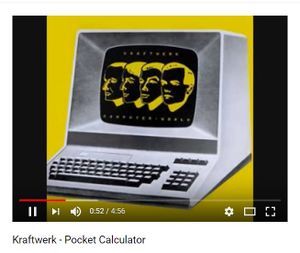
I'm the operator
With my pocket calculator
I'm the operator
With my pocket calculator
I am adding
And subtracting
I'm controlling
And composing
By pressing down a special key
It plays a little melody
By pressing down a special key
It plays a little melody
Since I am a Fashion Design student my aim was to create a 'real pocket calculator' by placing the calculator elements in a pocket. I chose jeans to play with because the strength of the fabric would allow putting some electronics in it. Unfortunately, the wire which had been attached to the battery didn't connect anymore so I was not able to put my design into reality. As a result, I made a photo-illustration.
I feel that there is a lot of opportunities to fill in the gap between technology and fashion although I am more interested in provoking! For me, this project is a visual gag to combine technology and fashion in a funny, odd and retrospective way. Also, this pocket calculator could be a manifestation of questioning the 'usage' and the meaning of touch. Who would use this gadget? As the wearer would have difficulties to use it - he/she would need a helping hand in order to be able to use it. On the other side, it would result that somebody would touch the wearer's bottom. Who would use whom? I feel that this design could provoke a lot of question and conflict...
Other Referencies
a small list of useless stuff
- http://raygun123.com/ (personal favourite) - https://wiredbugs.com/most-useless-inventions-ever/ - https://www.youtube.com/watch?v=GvUm3aaOpM8 - https://www.awesomeinventions.com/useless-inventions/
How to improve
- develop the connection between sewing and electronics - embroidered buttons - battery powered by movements - buttons made by hot steam note: the basic elements of the calculator (microchip, display, keyboard sensor)
cannot be replaced by something else
Project 4 - Mapping
The Brief History of Counting
Counting has always been important for mankind in order to follow the social and economic data flow. According to historians we have been counting for at least 50 000 years.
Counting does not include calculators all the time. It can be in the form of marks/signs (tally marks) or even finger counting – one of the most often used calculators is basically our hand! Finger counting has its own drawbacks since we only have ten fingers (1 finger=1 unit). However, by using finger binary it is possible to count until 1023! As the complexity of life increased mankind needed specific but general symbols.
Presumably, this was the process of creating numbers:
1. distinguish different elements
2. mark them – to avoid visiting the same element again
3. defining a general code in order to prevent misunderstanding
(e.g when trading with other tribes)
As a result of the evolution of counting and numbers nowadays we use the Hindu-Arabic numeral system which is a positional notation based on 10.
The evolution of calculators - and computers:
inventions listed chronological order
- Hand-operated abacus, 2000BC, Egypt
- Napier bones, 1617, Europe by Napier
- Slide rule, 17th century, Europe by Edmund Gunther
- Mechanical calculator, 1642 by Blaise Pascal
- Calculating Machine, 1673, by Leibniz
- Jacquard Machine, 1820, Joseph-Marie Jacquard (Although it is a weaving machine it is considered to be an important step in programming).
- Colossus, 1943-1945, Turing
- EDVAC Computer, 1944, Neumann
- IAS Computer, 1951, Neumann -> computer era
My conclusion is that the development of numbers and counting is directly related to sciences, information technology and technological advancement. It is interesting to see the evolution of these gadgets - which are so ordinary and common-used today!
Project 5 - Position Paper of my Practice
’Be very afraid, it’s that ’70s revival comin’ at ya again’. Or if not 70s, then 80s, 90s or 2000s. Abba was big in the 80s, Motorola mobiles were popular in the 90s, sustainable fabrics were cool in the 2000s. Seasons change and so as our identity, preferences and taste. Fashion is all about re-interpreting, mixing and playing with the already existing and hack the public taste with shocking outfits and crazy accessories. I want to be a fashion designer because I believe that what we wear is part of our identity – at least it defines our daily comfort if nothing more, and also I reckon that clothing is a platform where you can give a physical sphere to your own personality. My designing process usually starts with a lot of researching for stories and facts, I read and observe. Most of the time I get inspired by old magazines, veteran garments and vintage costumes. Then I take a step back and wait. I wait for ’my’ idea to find me… As the concept is „ready to be born” I finally start sketching, drawing, dreaming and planning, but for me, this part is mostly just like a puzzle, like a game.
I believe that the clothing you make with care and ’affection’ is much more valuable than the mass production. I reckon that the methodology of the craftsmanship is ultimately important and worthwhile therefore I mostly use analogue techniques to put my designs into practice. As a fashion designer, I put emphasis on the importance of the fabric. For me, choosing the right fabric is like finding the matching metaphor for my project. Fine heavy wool could express the stability of concrete or the sculptures of Richard Serra, a floaty silk scarf could imitate the freedom of the birds… And even a detail, a silhouette or even a sewing technology can depict a narrative! To characterize my designs/collections I often use the technique of ’moulage’. I consider ’moulage’ as a college with fabrics and forms, furthermore a cheerful sculpting game. This method helps me to create unusual silhouettes and keeps me fresh and open about visualising my design. It gives the opportunity to re-think the details and shapes of your garment.
For me fashion is commercial, and fashion is autonomous – I am aware that one day I will have to choose between quantity and quality, selling and giving, until that point I am enjoying my privilege of not choosing sides. I think fashion operates across platforms ranging from haute couture to publishing, from storytelling to pure delight, from craftsmanship to industrialised selling systems. Although I truly believe that analogue techniques are absolutely necessary I am being trained to use the digital sphere in order to record my designing process and the final result. I feel the need to mention the importance of the social media platforms; nowadays scrolling, 'like'ing, swiping and posting are notably part of our daily routine. With a newly arisen Instagram influencer, or a fastly developing social media account you can ’hit the jackpot’ and turn a small project into a million-dollar business (e.g. Off-White, Vetements). In order to stay online and up-to-date, we need to collaborate with photographers, magazines, editors and other designers. In my practice, I use Adobe products to illustrate and visualize my upcoming projects. It helps me to express my ideas about a photo-setting when I need to team up with photographers. Also, I have to admit that I am more handy with a drawing pad than with paints and paper. On the other hand, fabrics, details and silhouettes directly narrate our story. Functionality is just an aspect of clothing and the result of the consumerism. But, do I have to sell my products? For me, fashion is constantly re-interpreting everything. In this case, were Christo and Jeane-Claude autonomous fashion designers?
Fashion celebrates progress and change, the tools and techniques remain mostly analogue. Even though fashion has a great past involving craftsmanship ranging from hand-made embroidery to Persian rugs, it is all about observing and being up-to-date – let it be the favourite colour of Louis the XIV. or the usage of a 3D model software. The most important question for me is ’How could the past (sartorial heritage), present (rebellious attitude) and future (digital technology) unite in order to create a new approach to design?’. My favourite practitioner at the moment is Alexander Mcqueen. He is the perfect example of mixing classical tailoring, personal storytelling, punkish attitude and digital techniques. The evolution of his personal career could be a synthesis of the development of the fashion industry. In the very beginning, he started his career with his own tools; hands, talent and will to learn a lot! He was focusing on hand-made details and couture (fired up with shocking themes ). As his reputation was growing he became the new creative director of Givenchy where he was faced to the ’industrialised machine of creating and selling’. On the other hand, power gave the opportunity to experiment and hack. Clothes, non-existing creatures, extravagant accessories and drama. He ultimately changed the meaning of runway into a must-see happening. And the digital era completely assisted his attempt to create something unordinary - robots were installed on the stage (1999) and even he used the hologram of Kate Moss during his runway show!
Virtual reality and artificial intelligence? What is the future of fashion? As I got involved with the digital craft I was impressed and a little bit worried. Impressed by the unbounded approach to technology (as an example I have never thought about the language as a technology), and worried because the digital world was apparently new for me; I have never heard about Arduino, never tried to write and HTML code, or never seen a microprocessor. After I participated in several workshops covering the topics of coding and programming now I have a saturated idea of what we might call Digital Craft. Although the ideology of tricking and hacking with the system has always been appealing to me (no doubt, that is how fashion trends are born), combining this attitude with the already existing technology creates a whole new universe that is ready to be discovered! As a young design student, I feel the need to explore the virtual world, and I am ready to form this sphere with my fashion universe! My favourite contemporary examples is a Swedish design-duo, named Ataca, whose aim is to rethink the prototyping, producing and selling methods with the help of virtual 3D clothing systems. This software could not only reduce the waste of fabrics (for one garment, 3-4 toile with the ’moulage’ technique or just one toile with the 3D prototyping process) but give the other perspective to present the design before it has been produced And what if I want to scan my ballet tutu? Or how could I easily print knitted fabrics? A lot to explore…
Project 6 - Research Document for my Final Project
Scam your Scan
Every tool and gadget has its very own place and function in our lives. Nobody would use an iron to cook food or get a calculator to make music with. At least that was what I believed before joining the Digital Craft team! And I was so wrong!
So basically the most important question of my project was ’How can I rebuild a brand new relationship with my super lame and super boring scanner?’. As it is usual, you question something, and instead of finding the answer, you’ll end up with a tangled web of questions, consequences and related topics!
To solve the mystery of my scanner (and my attraction to this machine) I started to scan basically everything that I found interesting – since I am a fashion design student, I have special bounding with clothes, therefore my objects were mainly garments. The result was super interesting to me! Tiny details of the micro-world with hidden mistakes and never-seen landscapes! Also, I could see my garment from a totally different angle as if it would be a new version with bright colours and stunning details, or in other cases, I saw the result of using – and abusing an item! I took these pictures as object photos made by my/school’s scanner. Obviously, this is was a special kind of fashion photography – I thought, truly open and honest (which is totally weird and strange in the fashion industry!!)…
Offices wouldn’t be able to function well without the scanner/copy machine. A single minute is enough to create thousands of copies! The quality is not that important, the product will be replaced soon anyhow! Therefore I took this machine as a symbol of the consumerism; quantity over quality, copy over originality!
During the process of finding my position within the fields of fashion and writing my position paper, I questioned the mean of fashion as well. And when I wanted to find the core of fashion, I discovered anti-fashion!
For me, anti-fashion is always fighting against mechanism, because originality should not be dependent on methods but on creativity! Regarding these aspects, today’s fashion is fully committed to selling – which should not limit the creativity, although it does in practice. For this reason, I analysed my creating process, the designing method of a small studio, and the mechanism of fast fashion. As a result, I decided to hack these circles, to develop a new designing-system with feedback loops and to critically reflect on fast fashion with the help of my scanner.
This is the process my final scanned item.
I also analysed the steps of making and posting.
knitted, scanned, edited, printed, scanned, posted, printed, scanned, uploaded
made in Sweeden, scanned, posted, printed, scanned, uploaded
My final piece – which is a red-trousers-printed red skirt with faux-trousers details – is actually a collage of scans, copies and details. I used my super common Zara trousers to scan them and used their prints, details and patterns to create a new item. In a way my stand-alone project is a new creating method as well, for me, this is a new way of thinking about an item, it is not just a functional piece for me anymore (maybe designed, more likely copied), but a visual material. This is a product, and end of a method, on the other hand, in my game this is the start…
This is the scan of my Zara trousers!
I could also imagine my final product as part of a big installation - as the first step of a series, repeatedly made with the same technique, item and method! The series could also make visible the data-loss which occurs while scanning ( and also naturally part of the fast fashion).
Related Disciplines
- punk culture - mixing culture - collage, montage (Svankmajer) - zine culture
I think this attitude made the twenties century as extravagant as it was! The punks punks did not do anything special, just hanging around, posing in clubs, and using 'boring' details from the dusty city, like the paperclips, the pins to decorate themselves. Or collecting rubbish from the street to make outstanding outfits!
I recently visited and exposition dedicated to Svankmajer, a surrealist filmmaker. It was wonderful to see how he had combined humour, surrealism, biology and critique in order to create his own dream-horror-grotesque world. Sculptures, animations, collages and montages. I really admired his playful attitude; a simple object could have been his protagonist, performing a never-seen act while suggesting serious critique about the post-war era. This is one of my favourite Svankmajer short movie..
Another great example of hacking the system of fashion is a New-York based designer,Susan Cianciolo. Her ID is making fashion that is not fashion in an expressive way. She puts emphasis on making – craftsmanship – rather than selling! She blends clothes, performances and entertainment with her intuitive soul!
I also feel connected to dada, I found apoem of Tzara really intriguing. (I was shocked when I read it first, Tzara had depicted my making process as well!!!)
Take a newspaper.
Take some scissors.
Choose from this paper an article the length you want to make your poem.
Cut out the article.
Next carefully cut out each of the words that make up this article and put them all in a bag.
Shake gently.
Next take out each cutting one after the other.
Copy conscientiously in the order in which they left the bag.
The poem will resemble you.
And there you are—an infinitely original author of charming sensibility, even though unappreciated by the vulgar herd.
Dada set out to tear apart every rule, change the norms in order to hack the public taste, make anarchy and play, play, play. Why having religious beliefs in the value of painting or sculpting when the whole world was in fire? Why was it absurd to put a ’Fountain’ in the museum in that era (as if the I.WW would have been OK)? I feel that this art movement depicted the absurdity and the contradiction of the 20th century and changed the way of thinking about art/performances/conceptual art! What I admire in the dada is changing the ’inputs’ and ’outputs’. In a way they created a new ideology towards ’art’ and freed the meaning of materials! This opened the arsenal of opportunities…
